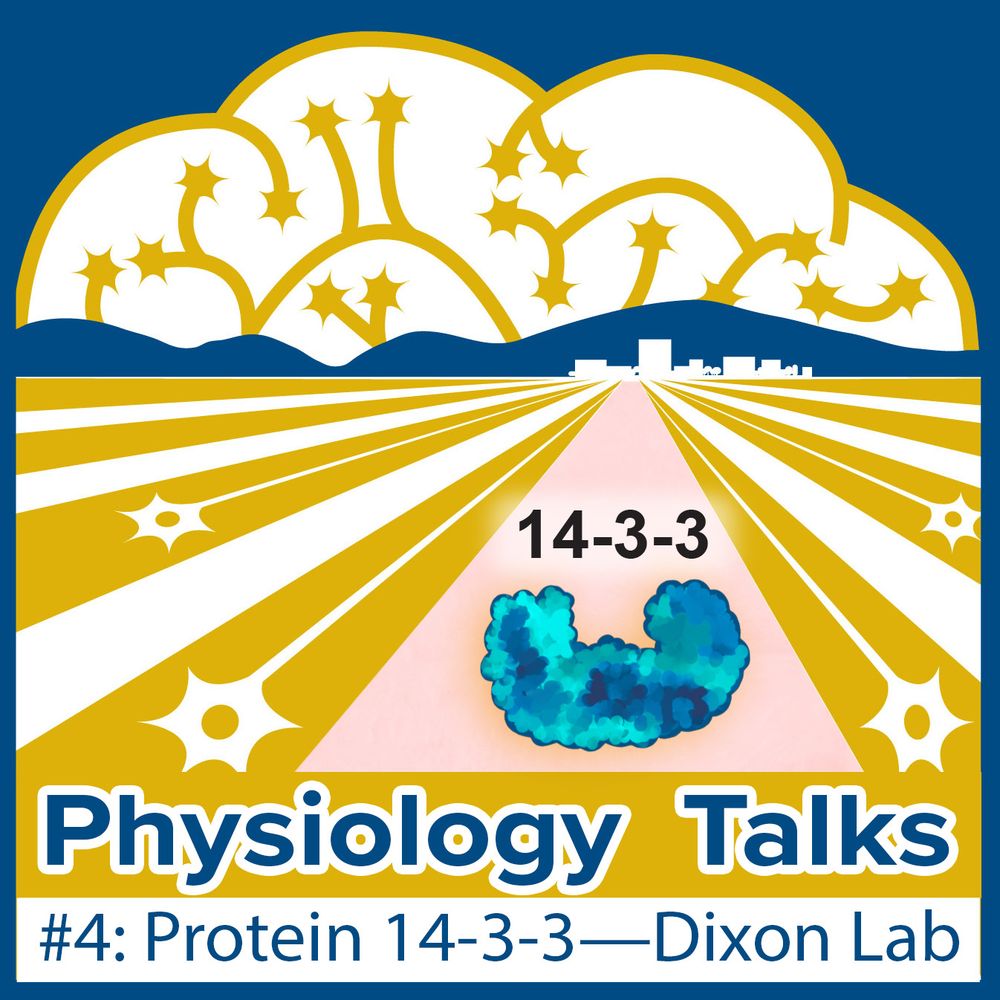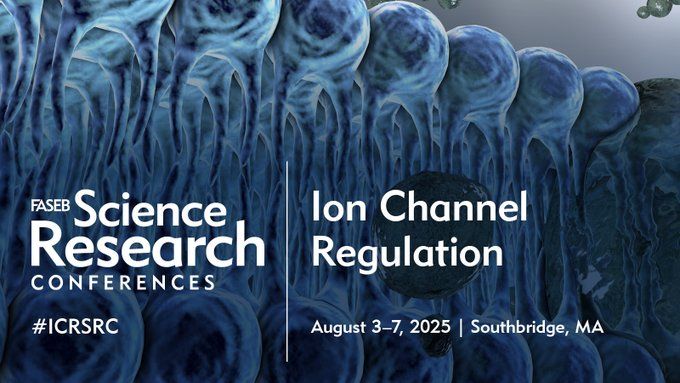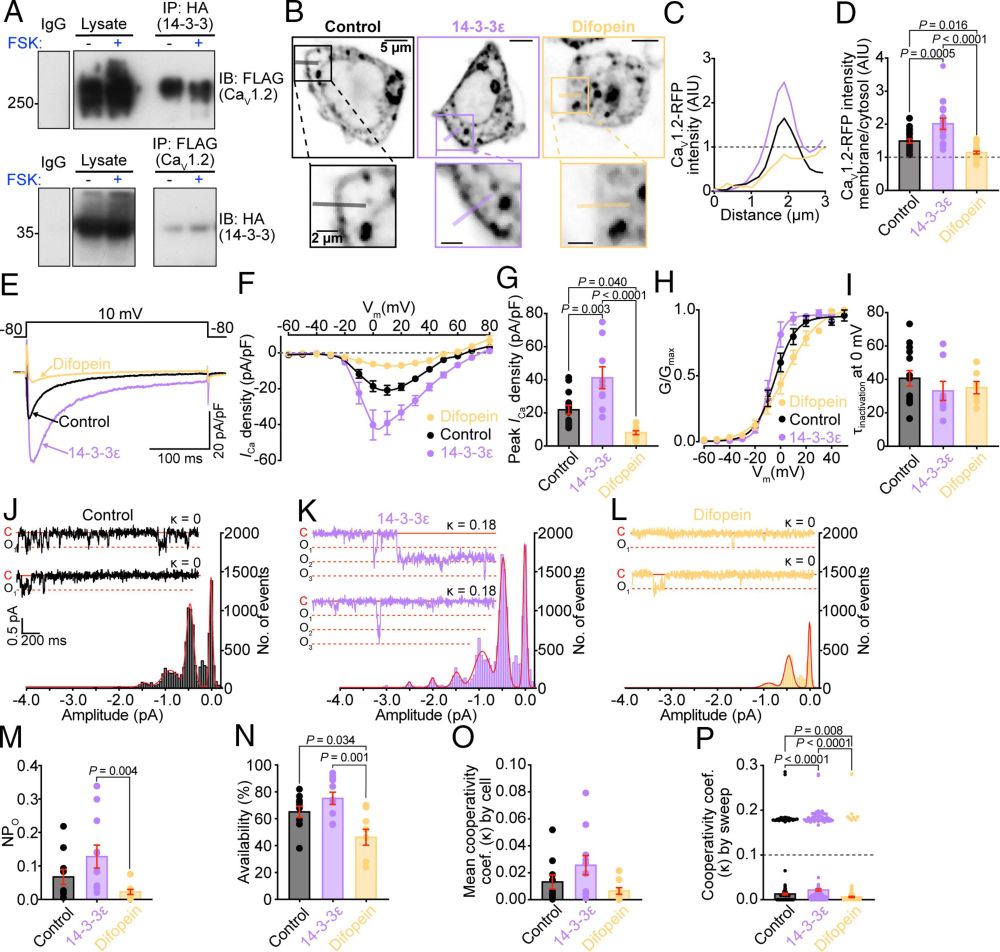This intriguing podcast episode features work authored by Dr. Heather Spooner from #PMB’s Dixon Lab @roseedixon.bsky.social. Note: podcast utilizes AI
open.spotify.com/episode/2OVX...

This intriguing podcast episode features work authored by Dr. Heather Spooner from #PMB’s Dixon Lab @roseedixon.bsky.social. Note: podcast utilizes AI
open.spotify.com/episode/2OVX...





@ucd-physiology.bsky.social @biorxiv-physio.bsky.social @physoc.bsky.social @jprecmed.bsky.social @scinews.bsky.social @precmedonline.bsky.social
www.jprecisionmedicine.org/article/S305...
@ucd-physiology.bsky.social @biorxiv-physio.bsky.social @physoc.bsky.social @jprecmed.bsky.social @scinews.bsky.social @precmedonline.bsky.social
www.jprecisionmedicine.org/article/S305...
pnas.org/doi/full/10....

pnas.org/doi/full/10....

